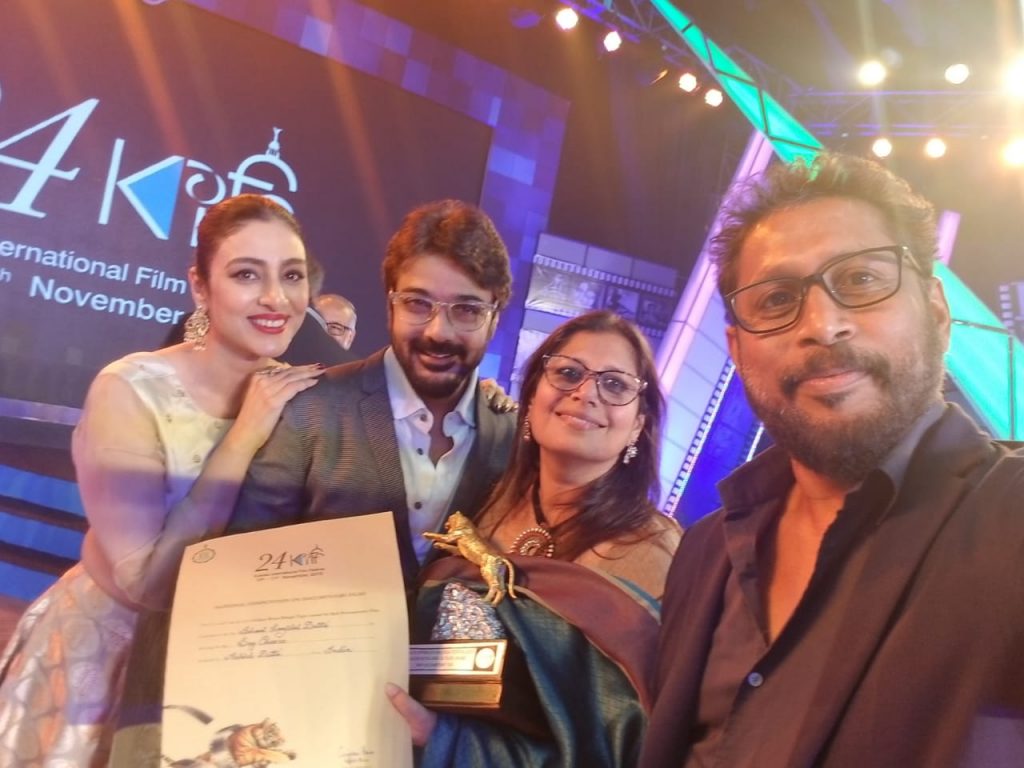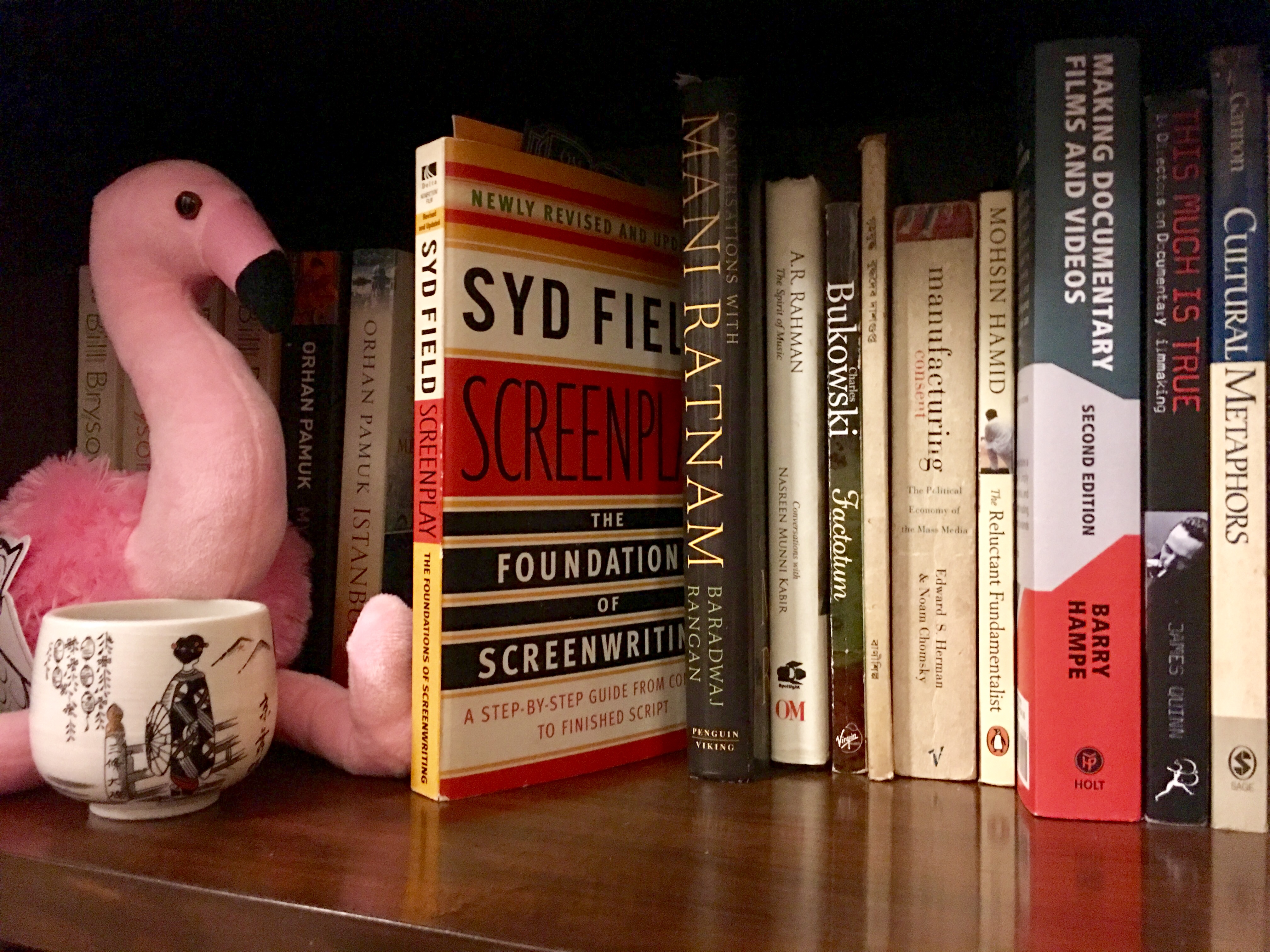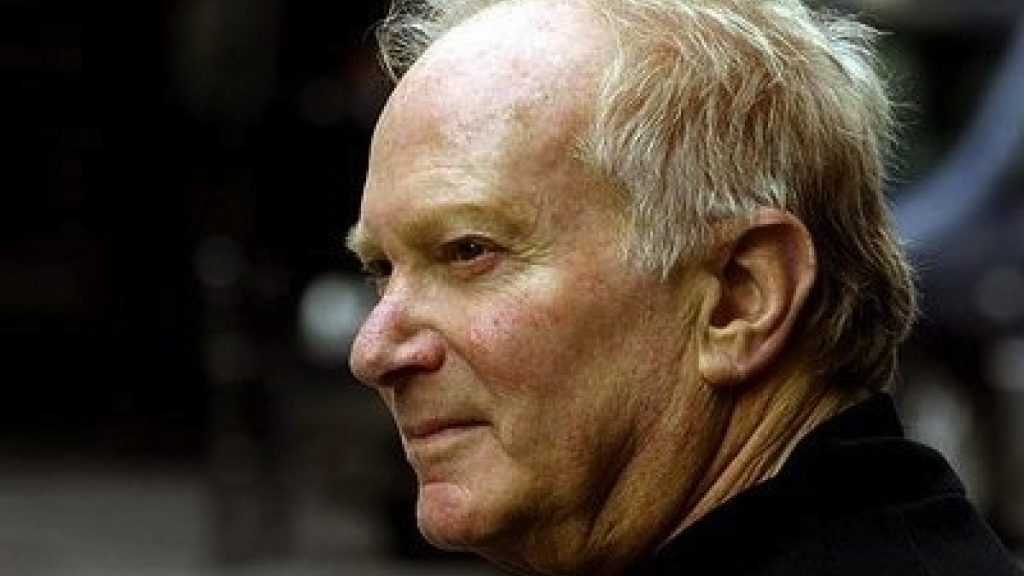I wanted to ask screenwriting guru Syd Field a question when I first read his book, two decades back. It remained unanswered, mainly because I never asked it. After starting this blog, and browsing through his books again, the question returned.
Since Syd wasn’t there any more, I thought of approaching the one person that might consider responding to my queries; because she, I believe, remains totally committed to keep Syd’s legacy not just alive, but thriving and interactive.
I asked Aviva Field, Syd’s wife, the same question that I wanted to ask Syd.
“I have read Syd’s work and learnt a lot from him. Recently, I have started a blog for young students and professionals – on non-fiction screenwriting. On that, I intend to pay a tribute to Syd Field, as my guru, and of many more like me. For that, from your end, I need the response to one single question.
1) Is it possible to apply Syd Field’s methods of screenwriting to documentary storytelling?
Know what!!! She responded.
I will give that in full.
Dear Anirban
It’s so lovely to have received your email below; you’ve brought great joy to my heart! I’ll be happy to return an answer to your question as soon as I possibly can.
FYI, Syd was also a documentary filmmaker at one point of his career. I believe that his methodology is absolutely applicable to documentary storytelling; I just have to get a viable “how” back to you.
You should also be aware that I read over some of your posts, and find you to be a delightful and insightful writer. I think Syd would have really appreciated your work and worldview.
Warm regards,
Aviva
What else can you ask for? She made my day. Thanks Aviva.
As soon as that “how” comes through, I will pass it on. In the meanwhile, if you want to know more about Syd or understand his gigantic contribution to the craft of screenwriting, please click his image below to visit his website.
For me, I have an impression that there has been two distinct eras in screenwriting. One before Syd Field, and the other after he came up with that bible for all screenwriters, “SCREENPLAY” – in 1979. Since then, writing scripts that makes sense has seemed possible to lots of newbie’s, including me. Now we think in structures.
Every story told has to follow a pattern. Substantiating that premise has been the most crucial contribution of Syd Field – his ground-breaking paradigm of a three-act structure. You can decide to break it and twist it, but the structure is always there. It begins every screenplay, and helps it branch out in a manner that holds the attention of a viewer.
This three-act structure is best understood as a challenge, that Syd himself throws…
“Screenplays that work follow the paradigm…don’t take my word for it. Go to a movie and see if you can determine its structure.” ((SCREENPLAY, Pg 29, Chapter 1))
I didn’t go to a movie; but I decided to apply the paradigm on one of my documentaries – a film that I wrote for Ishani K Dutta recently. It’s produced by NHK Japan for its Inside Lens section, and it’s about a street-child who wants to become a photographer.
The film is called “SAY CHEESE”.
ACT ONE
Establishing the lead character Sheru Singh; placed him in his location Old Delhi, used some graphics texts to contextualize him, show his toils and turmoils, the night shelter where he lives, his back story with his mother and father and why he ran away, his life on the streets etc. Also build a connection with him through his conversations with our Director, Ishani, and showed him at the NGO that educates him.
PLOT POINT ONE
I think we reached the plot point when we brought out his passion – photography, and the fact that he is saving to buy a big camera. That becomes his “inciting incident”. Now we know that Sheru has a clear target in life. This comes midway through Act One.
I also think we took way too much time to return to the plot point. The NGO sequence should have been smaller; anyways…!!!
ACT TWO
Act two is majorly around Sheru trying to buy a big camera, and explains why he wants to do so – because people smile at cameras and forget their worries, even if it’s for a split second. His journey to the camera market and his frustration at the high prices of a professional camera – his helplessness becomes his inner ‘confrontation’. This leads to a closure to one chapter of his life, and opens up another chapter.
PLOT POINT TWO
When Sheru decides to buy a saree for his sex-worker and abusive mother and decides to go meet her. A home becomes his second search, after the camera.
ACT THREE
Sheru goes to meet his mother, but returns empty handed because his mother has left town. He meets his father to know about her whereabouts, but comes back even more frustrated. His soliloquy about his desperation is the high point of his character arc.
I feel his random spat with a passer-by is the much required plot mid-point, from where the story turns. The position of this mid-point is just right – although it’s almost at the end of the film.
FINAL SCENE
I like the way we rounded up the film – with a hint of positiveness. Sheru returns to his dreams of buying a big camera. He decides to work harder. The film ends with his resolute pledge – if other’s can, why not me? .
It seems we have followed the Syd Field paradigm here, to a large extent, but without consciously realizing it.
Does that make it a screenplay that works? I don’t know.
All I can say, since it did win the Best Documentary Award at the Kolkata International Film Festival 2018, some people must have liked it – apart from its crew members and it’s client NHK Japan. You watch it and tell me. Will you??
Or just watch another movie of your choice and break down its structure. You will be surprised how similar they are, at the skeleton level.
I really need to keep these posts shorter. My well wishers are telling me to ration my words – or my blog will never be popular. Some have even proposed a name change – change it from ‘therewillbetime’ to ‘willtherebetime???’ – they suggest.
I know, not everyone will like these long winding techno-burps.
Ready to live with that. Having said that I am also aware that I will make many friends, who will appreciate what I do; and gather blessings of many well wishers, like Aviva Field.

during the award ceremony at KIFF 2018
And yes, if you guys subscribe, and comment, it helps.



Once you read it. You have to finish it! So it’s fine! Even I read it Sir !! Feeling proud , we worked together for this documentary.
Yes Sunny. It was a wonderful experience working on it.
I immensely enjoy reading your blogs, so no questions there. Syd Field was not someone I had read so far (I sincerely hope you forgive me for living). That said, refreshing the Sheru memories were great, and so was celebrating the team’s success, even if I wasn’t part of the team strictly speaking. Now all that is left for me is to read SCREENPLAY, of course. 😊
Well, I miss you too. Especially those moments when your sonorous voice used to fill up our senses – your singing used to be our respite. Thankfully now you have a YouTube channel.
https://www.youtube.com/watch?v=4V3OlRhV1y8
Keep singing Parna. That will keep me on track as well.
So engaging! Even for people who don’t understand Syd Field, will understand his style by reading this. 🙂
There’s nothing not to understand with Syd Field. You write well Vidheya. Read him again, he will better you.
Honestly I don’t know about Syd Field but you made me curious. Thank you sir. 😊
Read him. Buy his book, don’t ask for my copy. It will be a lifetime asset.
Interesting read. I remember reading Syd field long back, but I hardly get to use his structured approach while writing. My bigger inspiration might be the other book in the thumbnail of your blog, the bukowski😎
Both inspire, differently. Bukowski is more ruthless …